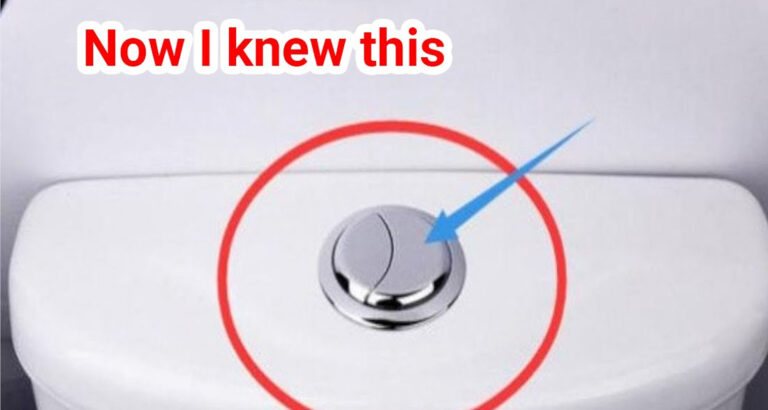Everyone has an idea of what Jesus looks like. In Western society, he’s often shown as a fair-skinned man with long, flowing hair and a beard, dressed in a cream-colored robe with long sleeves.
This image is so familiar that people claim to see him everywhere, even in their food! One man in New York famously said, “I found Jesus in my chicken tikka masala,” after spotting what he thought was Jesus’ face in his meal.
But here’s the twist: forensic experts say that many of the popular images of Jesus we know today are probably not accurate at all. Thousands of paintings and drawings of Jesus have been created over the years, but no one really knows what he looked like.
The images that fill our minds come from famous artworks, like Leonardo da Vinci’s “The Last Supper” and Michelangelo’s “The Last Judgment.” These masterpieces often show Jesus as a long-haired man with blue eyes, wearing a robe that reveals his feet in sandals.
However, there’s nothing in the New Testament that describes his physical appearance, and there are no skeletal remains to analyze for DNA.
The Search for a More Accurate Jesus
Now, experts believe they have created a more accurate representation of Jesus Christ. A Dutch photographer and digital artist named Bas Uterwijk used advanced artificial intelligence to produce what he calls a “historically accurate” image of Jesus.
Uterwijk explained, “I used several cultural depictions of Jesus of Nazareth from Byzantine and Renaissance art, including Leonardo da Vinci’s ‘Salvator Mundi’ and the Turin Shroud, tweaking the ethnicity to a more convincing Middle-Eastern face.”
In his quest for accuracy, Uterwijk felt that the traditional images lacked historical authenticity. So, he adjusted the hair and beard to reflect a more believable style for the time and region. He even incorporated elements from ancient Fayum mummy portraits, pushing aside the Renaissance influences.
He stated, “The result is an artistic impression of how this man could have looked, more than it is a scientific search for an exact likeness.”
Forensic Reconstruction of Jesus
Meanwhile, a team of British forensic experts and Israeli archaeologists took a different approach. They developed a 3D portrait of Jesus’ face by studying Semite skulls and using modern forensic techniques.
Dr. Richard Neave, a retired medical artist and forensic facial reconstruction expert, led this team. He is known for reconstructing the faces of historical figures, including King Philip II of Macedonia and King Midas.
Dr. Neave and his team created an image that suggests Jesus might have had a wide face, dark eyes, short dark hair, a bushy beard, and tanned skin. These features are typical of Galilean Semites from that era.
The Gospel of Matthew mentions that Jesus resembled his disciples, which helped guide their reconstruction. Neave emphasized, “This recreation is of an adult man living at the same time and place as Jesus, but some experts say the depiction is far more accurate than the famous masterpieces.”
How They Did It
To create this image, the team analyzed cultural and archaeological data using methods similar to those used in criminal investigations. They X-rayed three Semite skulls found by Israeli archaeologists from the same time period. Using computerized tomography, they visually “sliced” the skulls to reveal details about their structure.
After calculating muscle and skin density, they built a digital 3D reconstruction of a face. They even created a cast of the skull, layering it with clay to match the thickness of facial tissues determined by their program.
However, the skull analysis couldn’t reveal Jesus’ eye color or hairstyle. To fill in these gaps, the team studied first-century artwork from archaeological sites that predated the writing of the Bible. They theorized that Jesus had dark eyes and, following Jewish traditions of the time, he likely had a beard.
For hairstyle, they referenced a passage from the Bible written by Paul, which states, “If a man has long hair, it is a disgrace to him.” This led the team to conclude that Jesus likely had shorter hair with tight curls, which is quite different from the long-haired image seen in the Shroud of Turin, believed by some to bear Christ’s image after his death.
To determine Jesus’ height and weight, the team examined skeletal remains of Semite men to find the average build of a Jewish man in Galilee. They concluded that Jesus was probably around 5 feet 1 inch tall and weighed about 110 pounds. Because he worked outdoors as a carpenter until he was 30, experts believe he was likely tanned and had a more muscular build than traditional Western art suggests.
Reactions to the New Image
When the new depictions were shared online, many people responded with enthusiasm. One commenter on Facebook exclaimed, “Amen!” Interestingly, these new images bear a resemblance to a painting of Jesus created by Akiane Kramarik when she was just eight years old. Akiane claimed she saw Jesus in her dreams, and her painting has since become priceless and known worldwide.
However, these findings might upset some devout followers who are used to seeing Jesus in the traditional way, especially those who find his image in their food. Jeff Jordyn, a 52-year-old man who saw Jesus in his chicken tikka masala, shared his experience: “When I put my fork down, it moved a little bit of sauce around the eyes.
I didn’t think anything of it, but that actually turned it into Jesus. This is the only time I’ve had someone appear in my food. I’m not real big on divine intervention.”
As science and technology continue to provide incredible insights into our past, it’s fascinating to see how experts are working to recreate an image of Jesus that reflects his true heritage. Perhaps now, people will start to imagine Jesus with different physical characteristics, moving beyond the familiar images we’ve grown up with. What do you think about this story? Share your thoughts in the comments below!






















